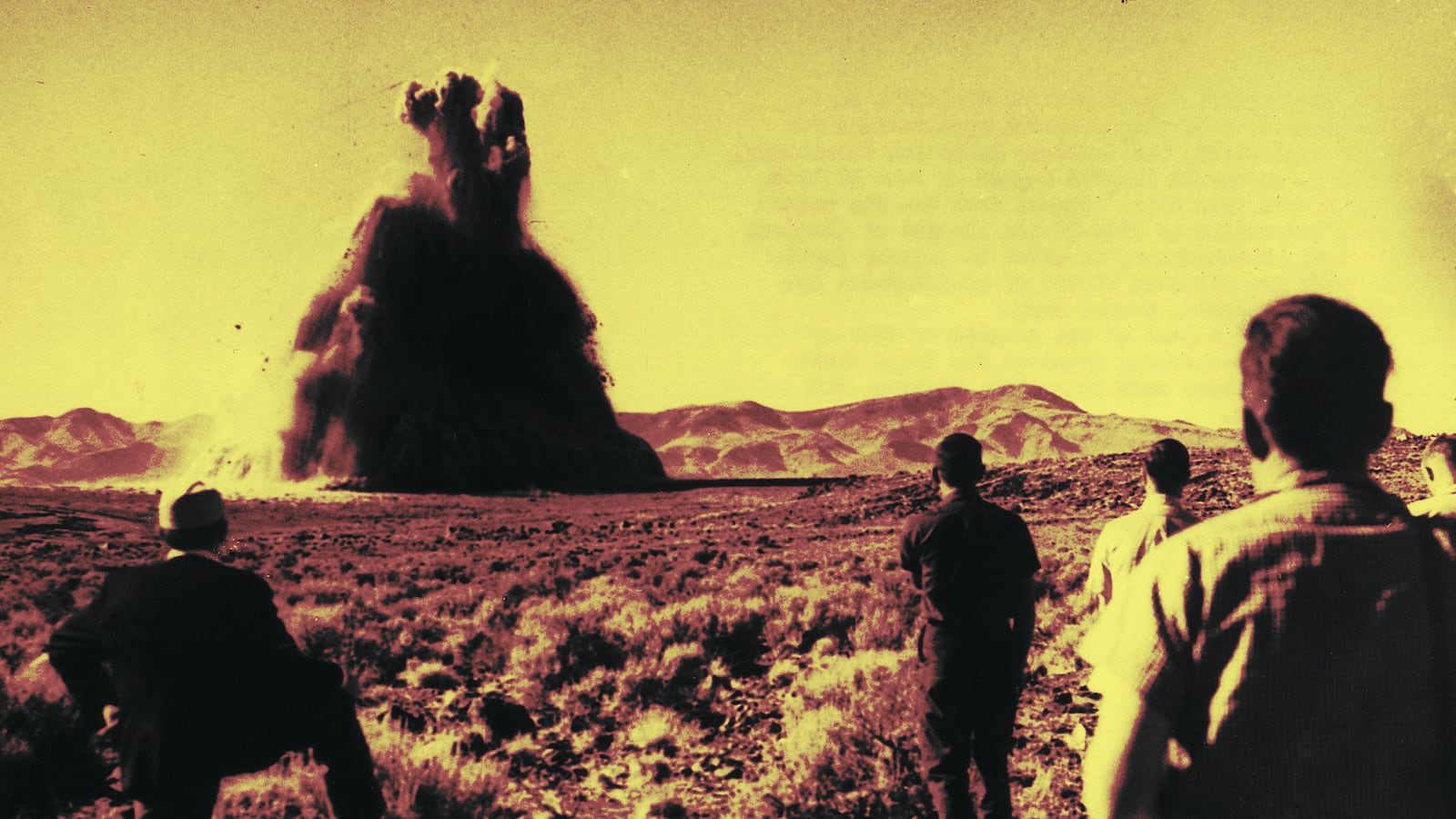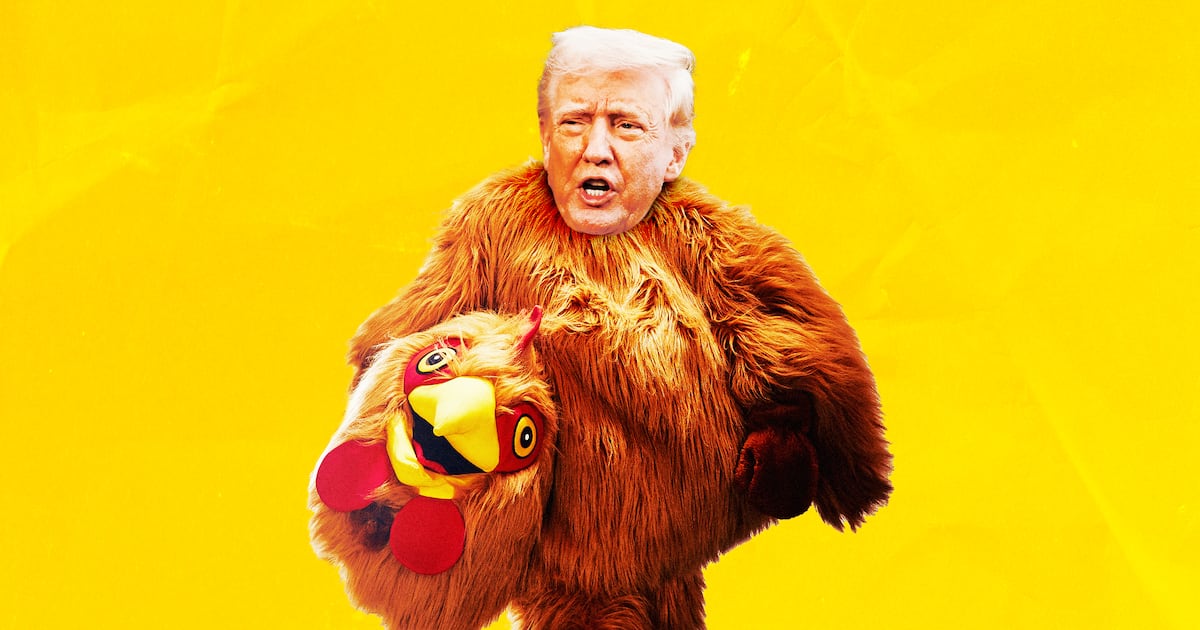An hour outside of Las Vegas is a 1,375-mile plot of desert where the U.S. once tested out its arsenal of nuclear weapons, preparing for the seemingly inevitable climax to decades of Cold War tensions.
The government opened the Nevada Test Site (now called the Nevada National Security Site) in 1951, long before the nearby desert town was transformed into the Times Square of the west.
When the flow of visitors to Las Vegas increased, tourists could sip their drinks while watching mushroom clouds burst in the distant skyline. Before the site closed in 1992, the government ran nearly 1,000 nuclear tests there, the majority of which were underground.
The 10,000 square foot National Atomic Testing Museum opened in 2005 to explore the state’s relationship with the nuclear era. The Smithsonian-affiliated museum is the only national museum in Nevada.
The museum, which is just off the Vegas strip, holds more than 12,000 artifacts in its permanent collection—from atomic “products,” like comic books and movie posters, to a deactivated B61 nuclear bomb.
Its exhibits couldn’t be confused for another museum. According to the website, the “GZ Theater” allows visitors to “experience a simulated atmospheric bomb blast;” while the underground testing zone showcases the science behind nuclear physics; and the “Atomic Culture” exhibit teaches guests “how to survive an atomic blast.”
Past temporary displays have included trench art from WWI and remnants of the World Trade Center, but the recent addition to the museum dives into the country’s most conspiracy-filled plot of land.
Area 51: Myth or Reality, opened in 2012, just one year after the CIA finally declassified the name of the mysterious spot that was used to develop military technology, including the U-2 spy plane, 80 miles north of Vegas.
While the actual site remains off-limits, this was the first official display of its history and lore, including testimony from former employees and supposed alien relics.
Even with a trove of recently declassified records, Area 51 has remained at the nucleus of decades-old alien legends and government conspiracy theories.
The National Atomic Testing Museum also hosts a variety of speakers— from UFO investigator Alejandro Rojas to space scientist Ben McGee discussing the nuclear rocket engine efforts of the space race, and events such as the Atomic Veterans Reunion, happening this October, where speakers can share their experiences with the nuclear program.
Nevada’s memorialization of the Cold War isn’t the only museum dedicated to the terrors of that era. In New Mexico, the National Museum of Nuclear Science & History was founded by the U.S. Air Force in the 1960s to showcase the subject’s weaponry and history. But its Nevada counterpart pulls out all the stops.
Once a month, the museum is a launch point for sought-after public tours going out into the Nevada desert where the actual testing occurred.
The visits, which fill up months in advance, cover the area of the first atmospheric nuclear test, massive craters from the blasts, and a fake town that was created to examine the impact of a nuclear blast on what was described as “a typical American community.”
Speaking to the Las Vegas Review Journal, the museum’s CEO, Allan Palmer, hopes the exhibits he curates will shed understanding on the current world, not just Cold War history.
“The real underlying message here in the museum,” he said, “is there are some really useful lessons that we learned during that time that ought to serve us going into the future, and as we deal with an increasingly nuclear world.”





